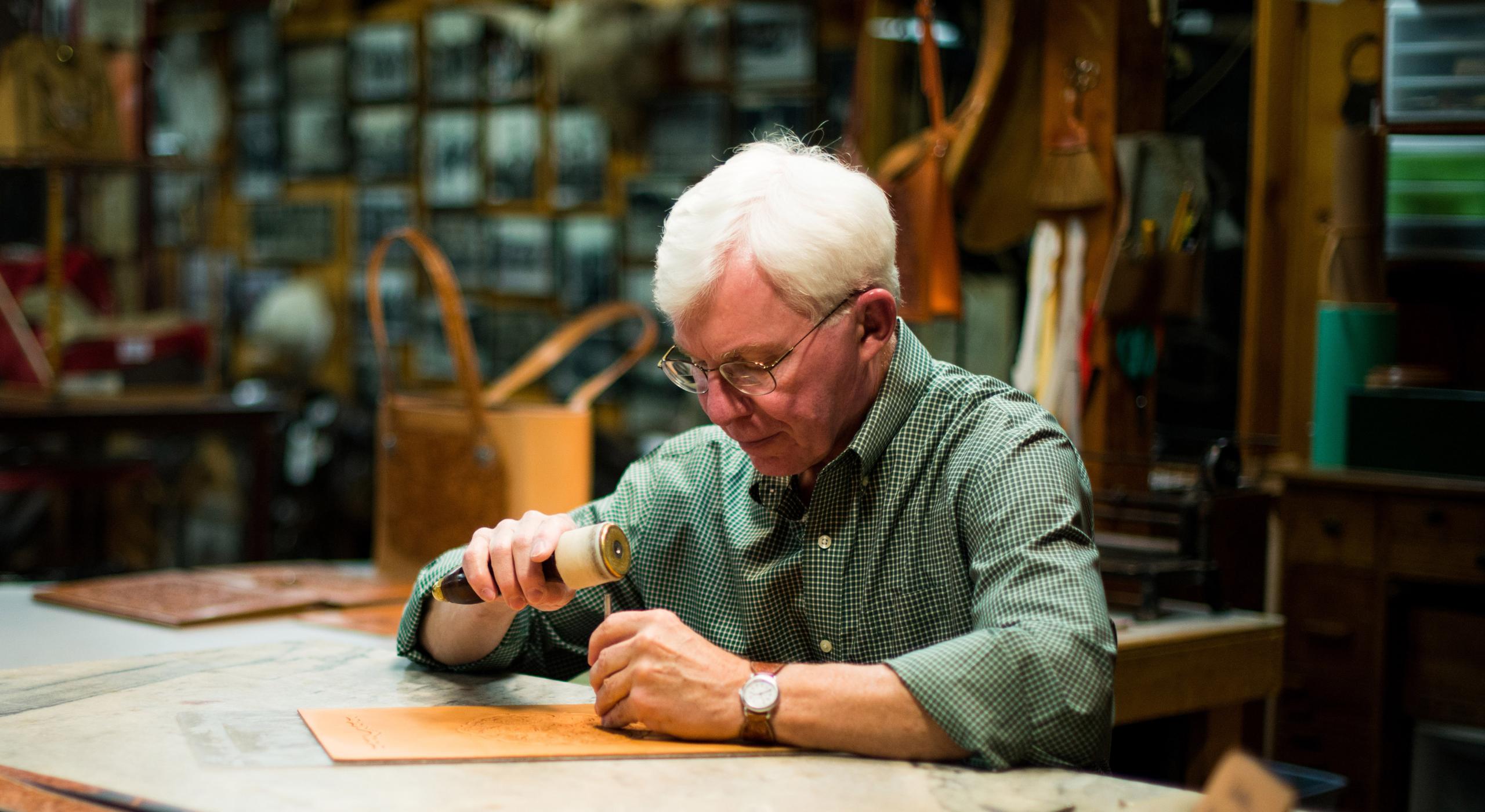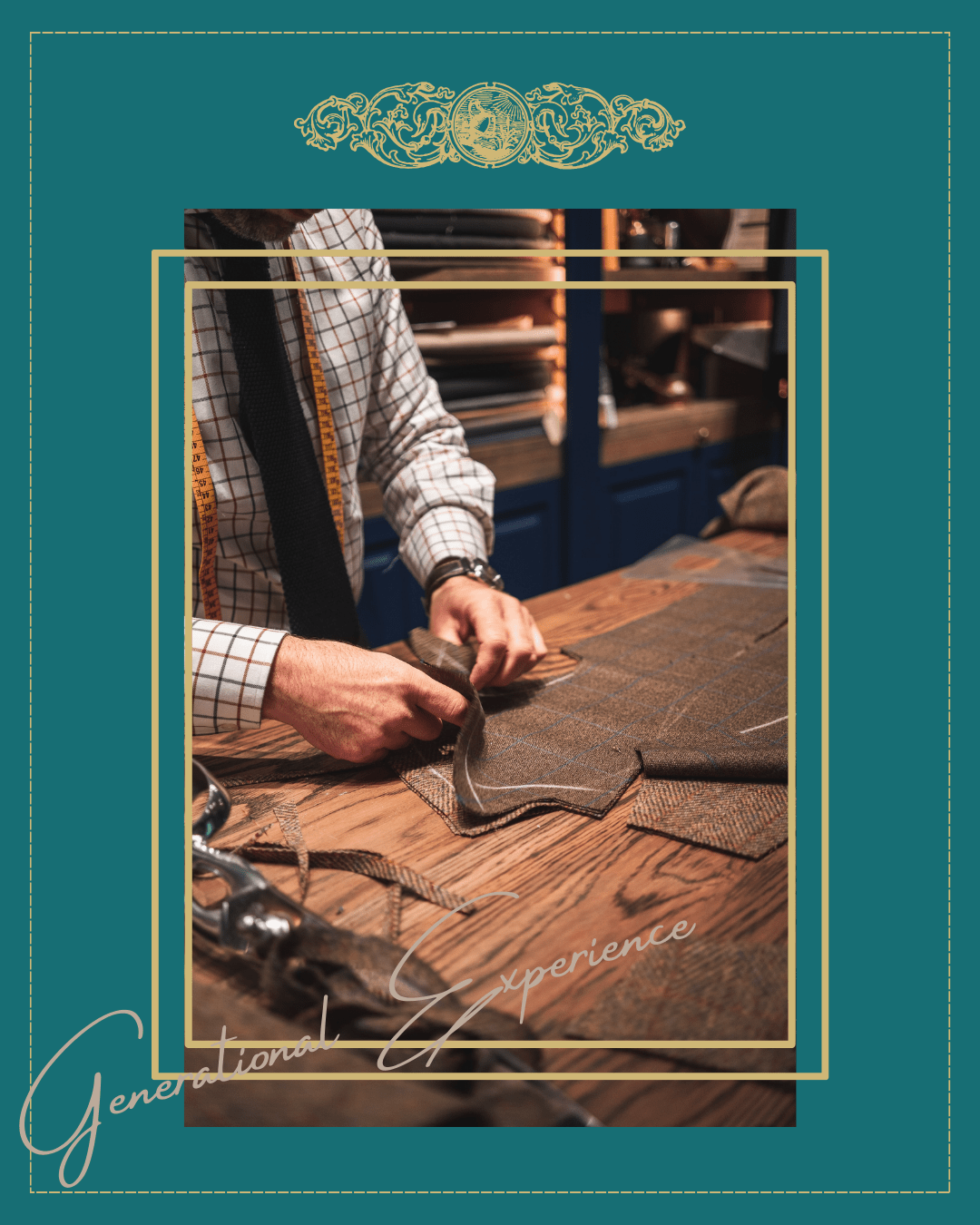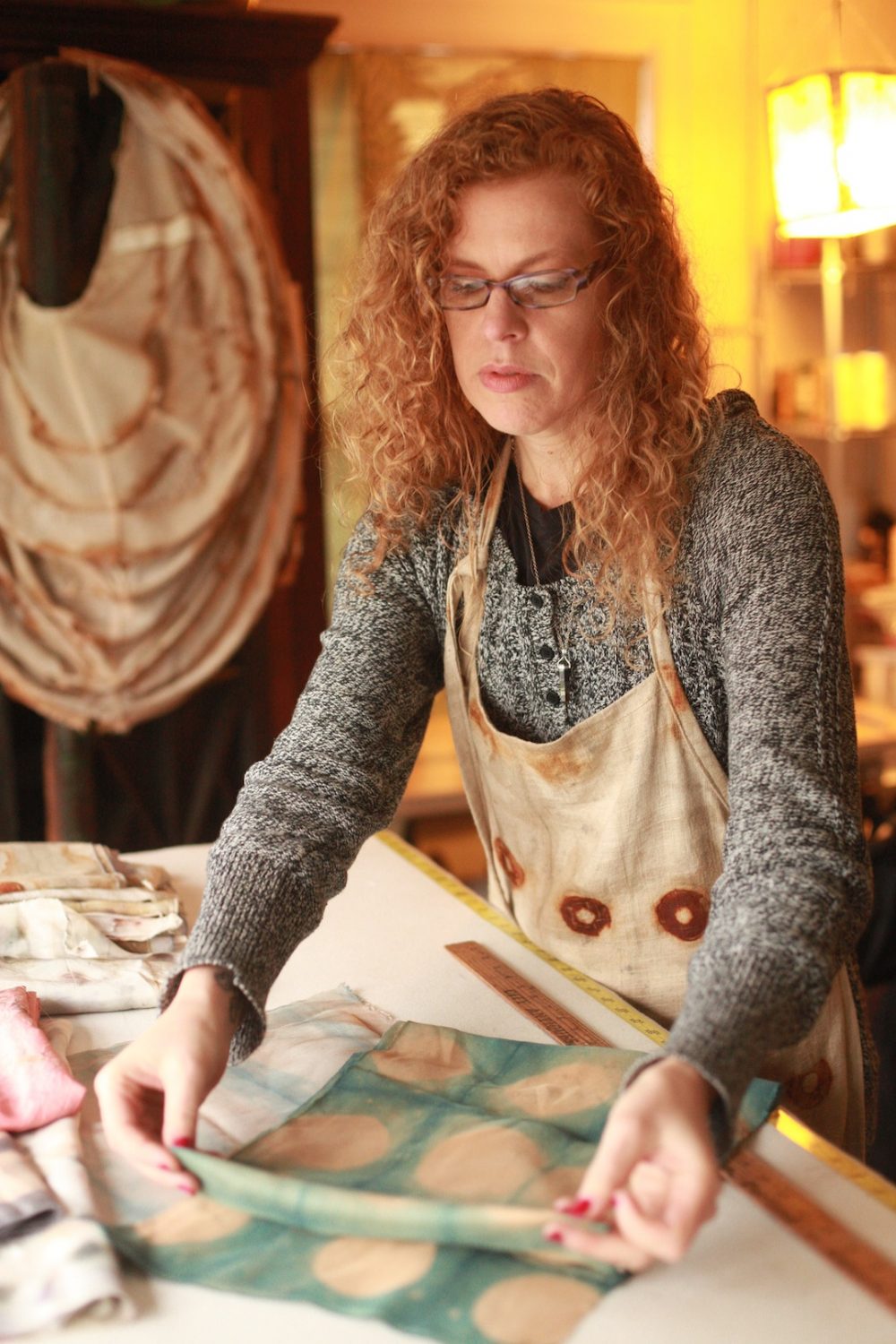Title: Crafting a Classic: The Making of a Tie
The making of a tie is an art that requires precision and attention to detail. From the selection of the finest materials to the intricate design process, each step is crucial in crafting a classic tie. The initial phase involves choosing the right fabric, ensuring it is of high quality and suitable for the intended design. Once the fabric is selected, the design process begins, incorporating elements of color, pattern, and texture to create a visually appealing and unique tie.Throughout the entire process, skilled craftsmen use traditional techniques and modern machinery to ensure the highest level of quality and craftsmanship is maintained. From start to finish, great care is taken to create a tie that not only looks good but also feels comfortable and durable. The result is a classic tie that can be passed down through generations, becoming a treasured family heirloom.
In the realm of fashion, the tie is a symbol of elegance and tradition. It is more than just a piece of clothing; it is an art form that requires skill and precision. The process of making a tie involves a series of complex steps that must be followed to create a wearable, stylish piece.
The first step in making a tie is selecting the material. The most common material used for ties is silk, as it offers a sleek, shiny appearance. However, other materials such as wool, linen, or even synthetic fibers can be used to create different textures and patterns. The material chosen will affect the overall look and feel of the finished tie.
Next, a pattern is drafted. This pattern will determine the shape and size of the tie, as well as any design elements that may be present. Patterns can be as simple as a solid color or as complex as a floral or geometric print. The pattern is often what sets a tie apart from others and gives it its unique style.

Once the pattern is ready, the material is cut into the necessary shapes. This step requires precise measurements to ensure that the tie will fit comfortably around the neck. After cutting, the pieces are then sewn together using a hidden stitch, ensuring that the finished product is seamless and aesthetically pleasing.
Following sewing, the tie undergoes a series of finishing touches. This includes pressing the material to remove any wrinkles, setting the pattern in place, and sometimes applying a coat of protective finish to enhance the texture or sheen of the material. These finishing touches are what take a basic tie and transform it into a piece of wearable art.

Finally, the finished tie is inspected for any defects or errors. If any are found, they are corrected immediately to ensure that only the highest quality product is sent to market. This attention to detail is what ensures that a tie not only looks great but also feels great when worn.
In conclusion, the process of making a tie is both an art and a science. It requires skill, patience, and an eye for detail to create a piece that is both stylish and comfortable. From selecting the material to drafting the pattern, from cutting to sewing, and finally to the finishing touches, each step must be carefully executed to ensure a high-quality product is achieved. It is this attention to detail and commitment to quality that sets apart a truly great tie from its competitors.

Articles related to the knowledge points of this article::
Title: Is Tie Wearing Still Necessary in the 21st Century?
Title: A Comprehensive Collection of Zhangjiakou Tie Images for Your Visual Perception
Title: Mastering the Art of Wearing a Campus Tie: A Comprehensive Guide to Picture-perfect Tie Knots



